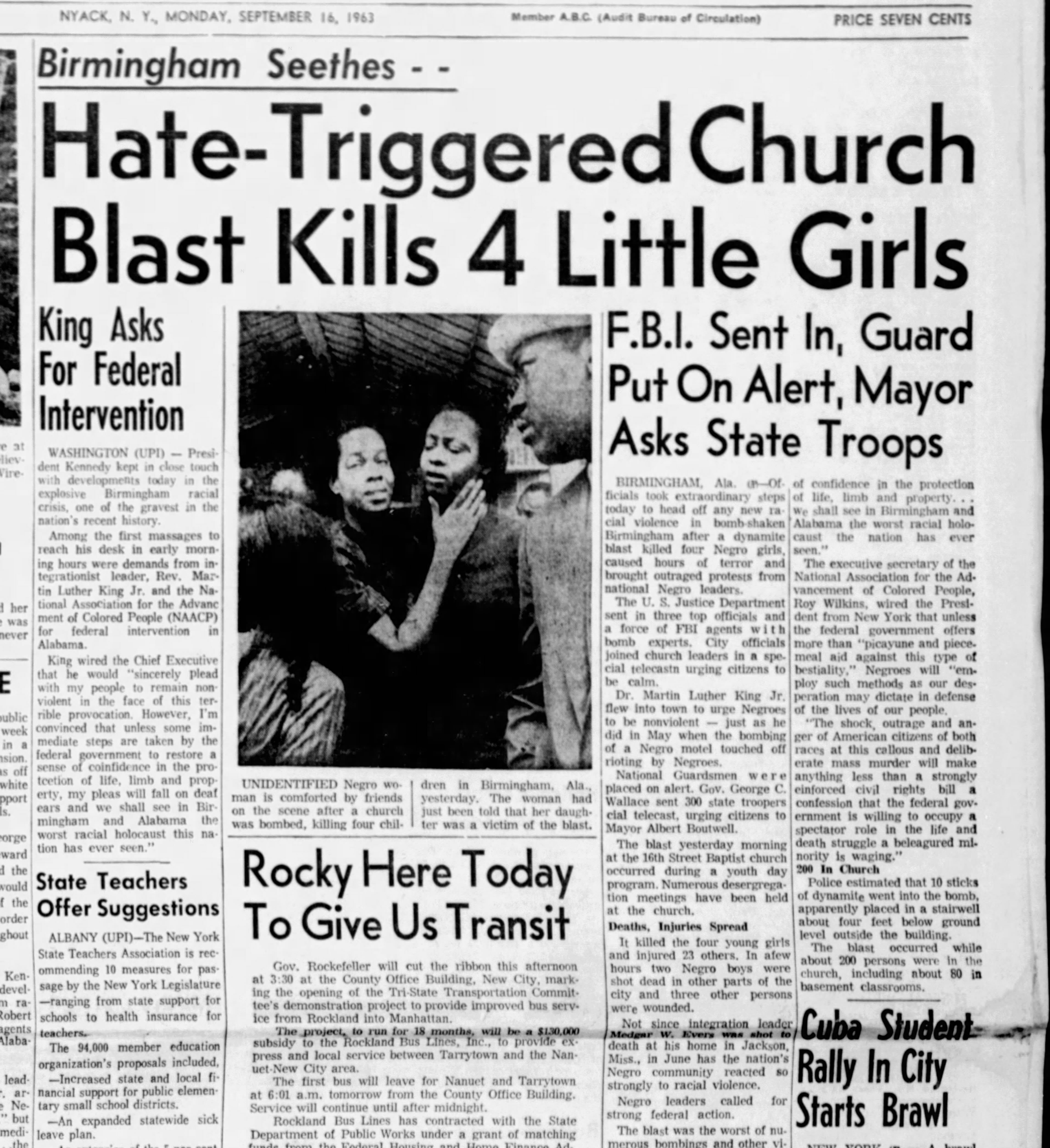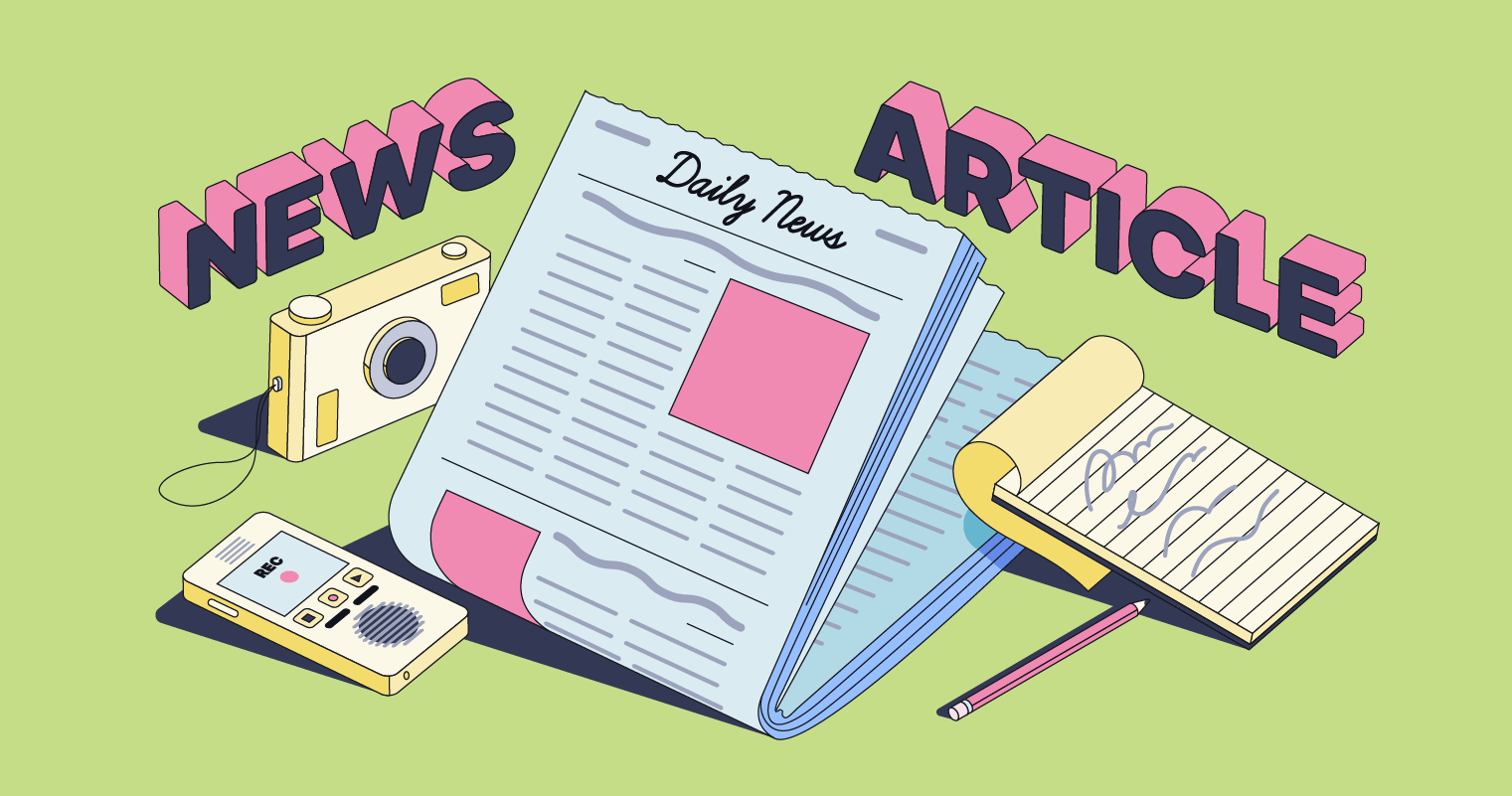The 25-Second Trick For News Articles
The 25-Second Trick For News Articles
Blog Article
The Definitive Guide for News Articles
Table of ContentsExcitement About News ArticlesThe Best Guide To News ArticlesThe 25-Second Trick For News ArticlesExcitement About News Articles5 Simple Techniques For News Articles
Good understanding of different topics provides students an one-upmanship over their peers. Although electronic and social networks are easily available, we should not neglect just how essential it is to review the newspapers. Moms and dads should attempt and inculcate the behavior of checking out a paper as an everyday regimen to continue the tradition of the adored print medium.News stories likewise contain at least one of the adhering to essential features loved one to the designated target market: closeness, prestige, timeliness, human passion, strangeness, or effect.
Within these restrictions, newspaper article additionally aim to be extensive. Nevertheless, other aspects are involved, some stylistic and some derived from the media form. Among the larger and extra revered papers, fairness and balance is a major consider providing info. Commentary is typically restricted to a different section, though each paper may have a various total angle.
Papers with an international audience, for instance, tend to make use of a much more official design of writing. News Articles.; typical style guides include the and the United States News Design Book.
Rumored Buzz on News Articles
As a policy, reporters will certainly not use a long word when a brief one will certainly do. Information authors try to prevent utilizing the exact same word a lot more than as soon as in a paragraph (sometimes called an "resemble" or "word mirror").
Nonetheless, headings occasionally leave out the topic (e.g., "Jumps From Boat, Catches in Wheel") or verb (e.g., "Cat woman lucky"). A subhead (likewise subhed, sub-headline, subheading, caption, deck or dek) can be either a subservient title under the major heading, or the heading of a subsection of the write-up. It is a heading that comes before the primary text, or a team of paragraphs of the primary text.

Extra billboards of any of these kinds may show up later in the post (specifically on succeeding pages) to lure further analysis. Such signboards are also made use of as tips to the article in various other areas of the publication or site, or as promotions for the item in other publication or websites. Typical framework with title, lead paragraph (summary in bold), various other paragraphs (details) and call info.

Example of a hard-lead paragraph NASA is proposing an additional room job. The budget demands around $10 billion for the job.
The NASA announcement came as the agency requested $10 billion of appropriations for the job. An "off-lead" is the second most important front web page news of the day. The off-lead shows up either in the top left edge, or directly below the lead on the right. To "bury the lead" is to start the post with background details or details of secondary importance to the viewers, requiring them to learn more deeply into an article than they must have to in order to uncover the crucial points.
Some Known Questions About News Articles.
Usual usage is that one or two sentences each develop their very own paragraph. Reporters usually describe the organization or structure of a news tale as an upside down pyramid. The essential and most interesting aspects of a tale are put at the beginning, with supporting info adhering to in order of lessening value.
It enables individuals to discover a subject to only the depth that their curiosity takes them, and without the imposition of information or subtleties that they could think about pointless, however still making that info readily available to much more interested readers. The inverted pyramid structure also enables articles to be cut to any kind of approximate length during design, to fit in the space available.
Some authors begin their stories with the "1-2-3 lead", yet there are several kinds of lead readily available. A kicker can refer to multiple points: The last story in the news program; a "happy" story to finish the show.
Longer articles, such as publication cover write-ups and the items that lead the within sections of a newspaper, are called. Attribute tales differ from straight information in a number of ways. Foremost is the lack of a straight-news lead, the majority of the moment. Rather of using the essence of a tale up front, attribute writers might attempt to tempt readers in.
A Biased View of News Articles
The journalist commonly details communications with meeting topics, making Homepage the piece a lot more individual. A feature's first paragraphs typically relate an interesting minute or event, as in an "anecdotal lead". From the particulars of a person or episode, its sight rapidly widens to generalities about the story's subject. The section that indicates what a function has to do with is called the or signboard.

The Editor's Toolbox: A Recommendation Overview for Beginners and Professionals (2001) Allan M. Siegal and William G. Connolly. The New York Times weblink Guidebook of Style and Use: The Official Design Guide Made Use Of by the Writers and Editors of the World's The majority of Authoritative Paper (2002) M. L. Stein, Susan Paterno, and R.
Report this page